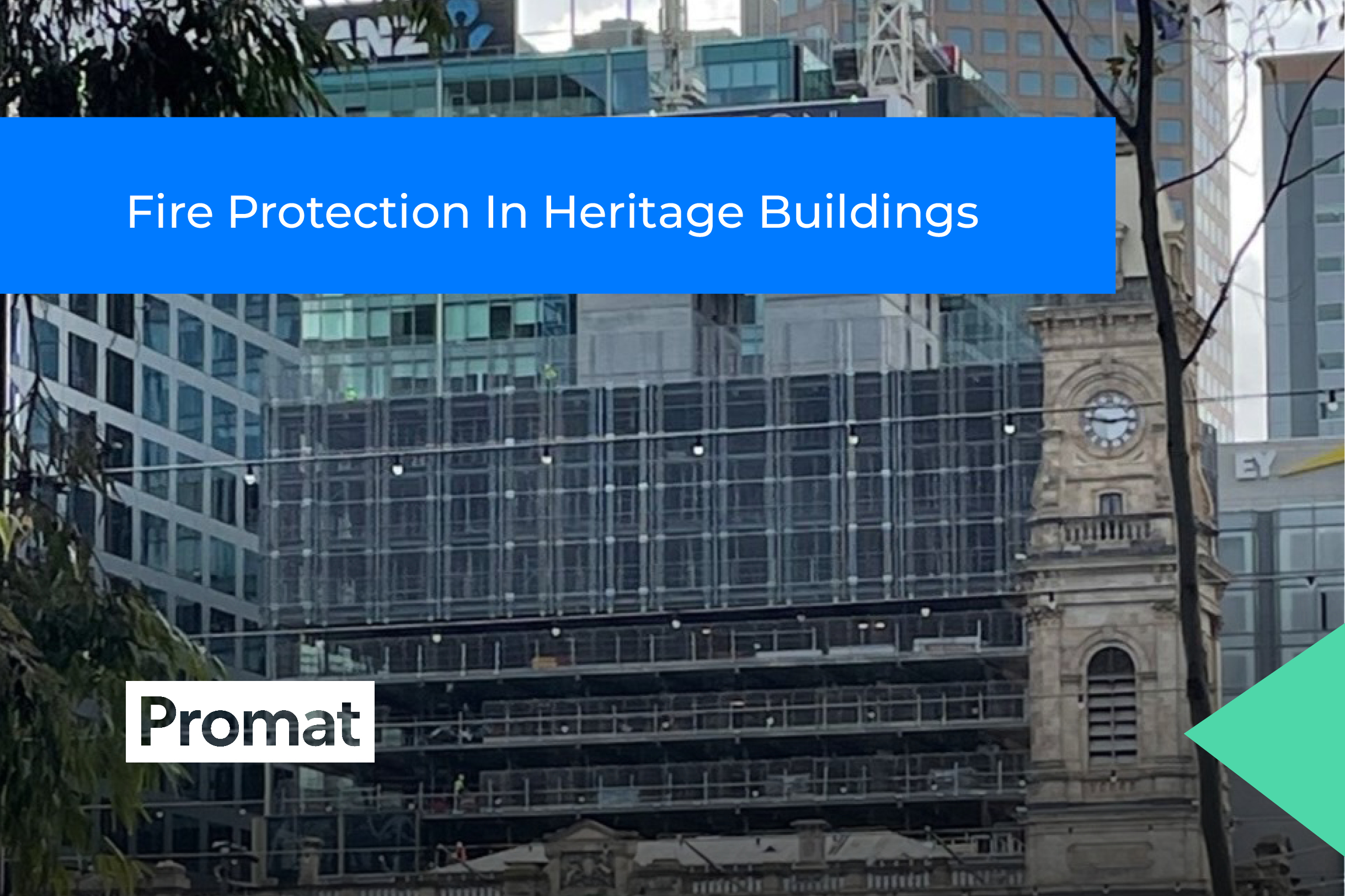Fire Protection In Heritage Buildings

Adaptive re-use is one of the surest ways to ensure heritage buildings continue as more than historical artifacts. In the right hands – when re-imagined as residential, commercial or retail buildings – the factories, schools and convents of yesterday can be given a new lease of life.
That said, transformations of this kind are not without their challenges. Fire is a good example. The materials and methods used to design and construct most heritage buildings (many of which date back 100 years or more) don’t measure up to today’s fire safety standards.
This session of CPD Live focuses on the topic of ‘Fire Protection in Heritage Buildings’. Beginning by outlining the prevalence and benefits of adaptive re-use, our speakers will go on to identify the hazards typically associated with these types of buildings.
Noting the relevant fire safety regulations, strategies and materials, they will highlight the best ways to ensure they are safe from fire, and therefore ready to continue contributing to the cultural and social fabric.
Learning Outcomes
At the end of this presentation, you should be able to:
- Explain why adaptive re-use is one of the best ways to preserve and extend the life heritage buildings
- Identify the fire safety regulations that apply to the adaptive re-use of heritage buildings in Australia
- Outline the various challenges associated with meeting these regulations
- Identify the products and techniques that specifiers looking to reduce fire risk in heritage buildings should consider
(PROJECT INITIATION AND CONCEPTUAL DESIGN PC 28, DETAILED DESIGN AND CONSTRUCTION DOCUMENTATION 39, DETAILED DESIGN AND CONSTRUCTION DOCUMENTATION PC 41, DETAILED DESIGN AND CONSTRUCTION DOCUMENTATION PC 56)
Speaker

Peter Butler – Head of Technical Services, Promat
Peter Butler has been working at Promat Australia for 24 years in various capacities from customer service, technical support and management . He is currently the Head of Technical Services and oversees all the testing and approvals for our products and systems along with the technical support of their commercial team and customers. He is also a member of the Australian Standards Committee for Fire Protection and a member of the Technical Advisory Committee for Passive Fire within Fire Protection Association Australia
